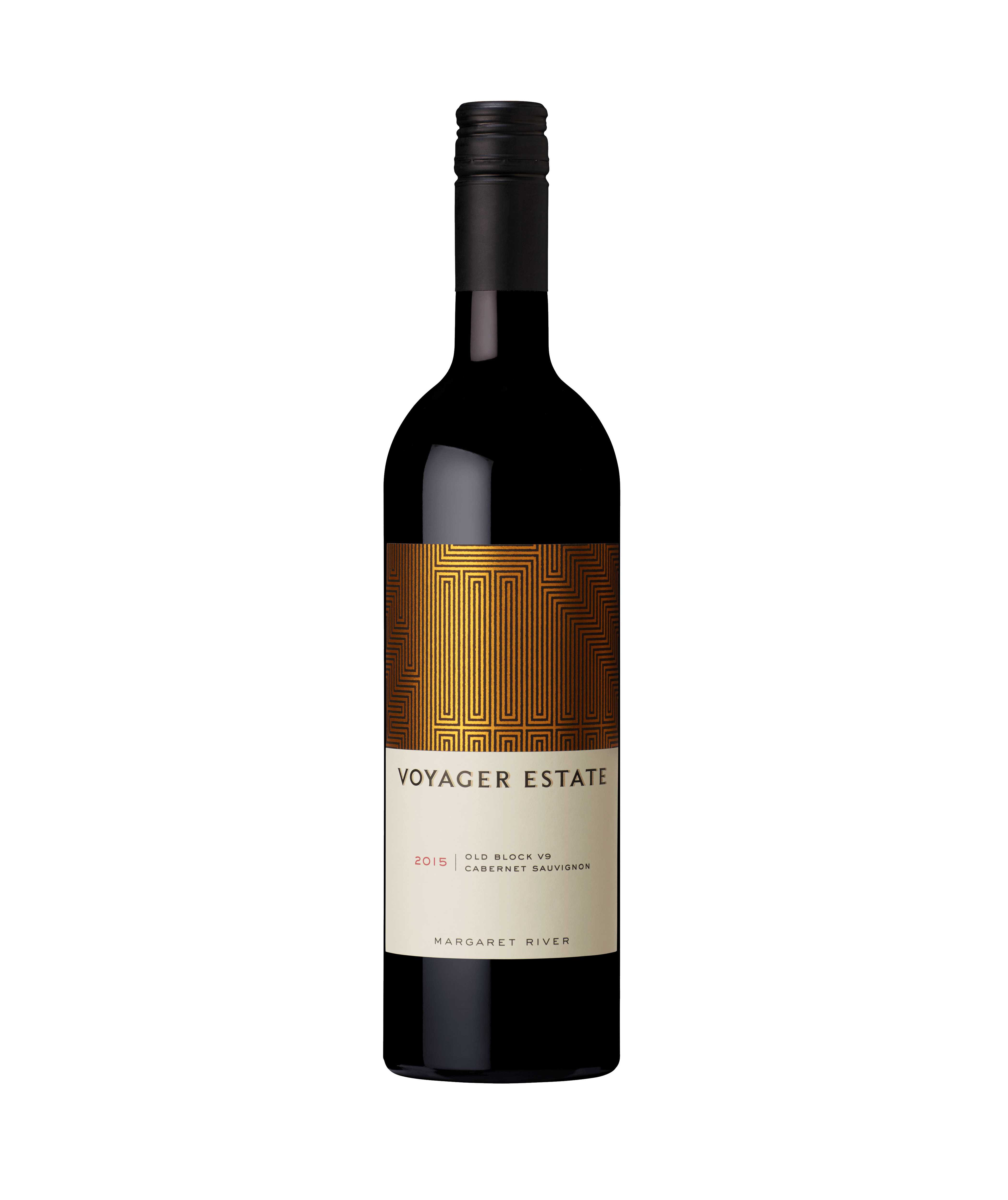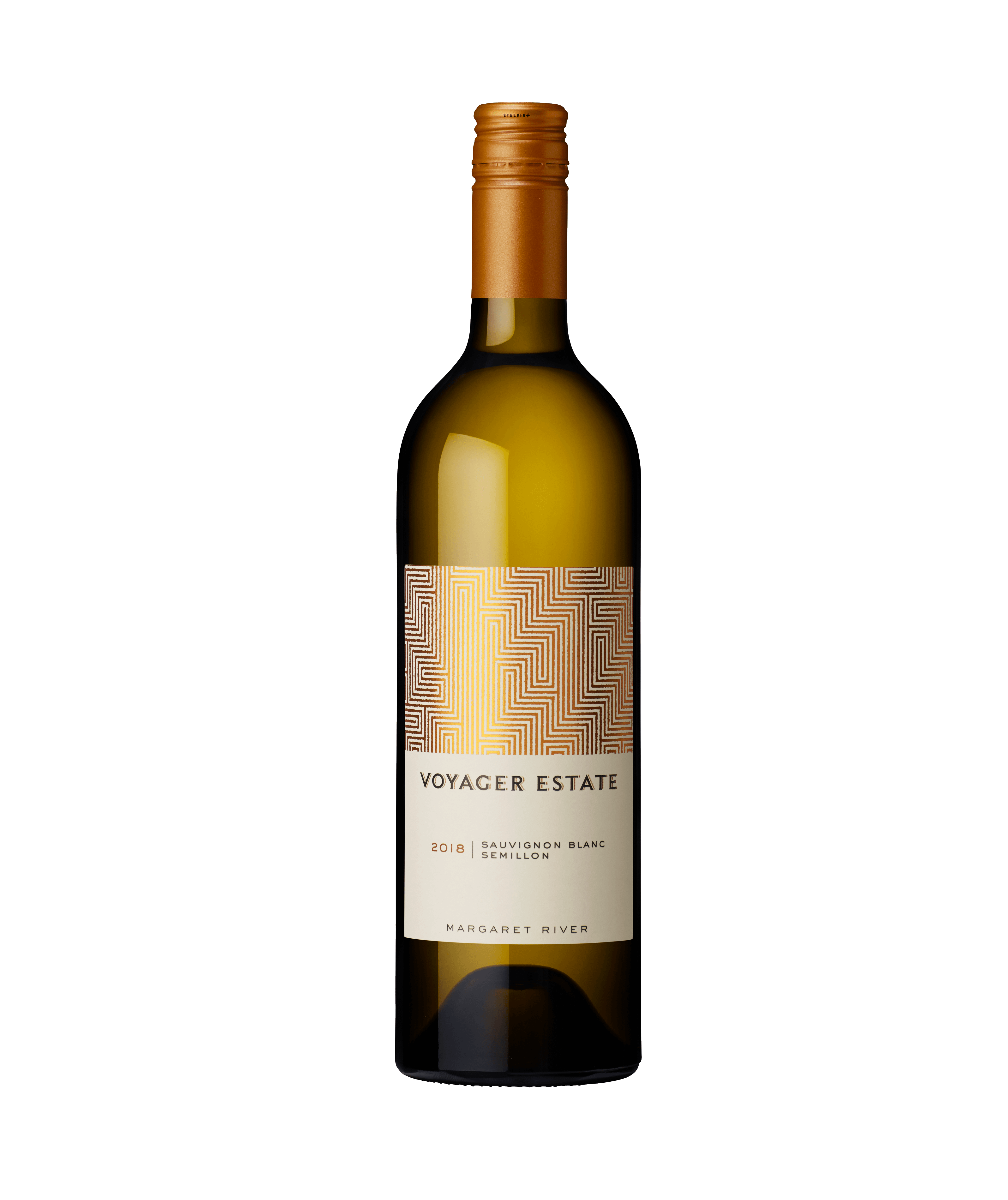Hand-picked bunches were destemmed and sorted prior to fermentation in an open fermenter with plunging three times daily. The must was then pressed and the wine matured for 18 months in tight-grained French oak with three-monthly rackings to aid clarification. Following maturation, the wine was fined and filtered prior to bottling in January 2017.
Now in its 34th year of continuous publication, the Wine & Viticulture Journal is essential reading for Australia’s wine industry professionals to ensure theykeep up-to-date with the latest research and innovations from Australia and around the world.
The Wine & Viticulture Journal is essential reading for wine industry professionals, including vineyard and winery proprietors and managers, viticulturists, consultants, winemakers, winery engineers, marketers and educators.
Viticultural research covers a wide range of topics, from genetic research, food safety of viticultural products to climate change adaptation of grapevine varieties through grape specific research.
Phenotyping and genotyping, Vine growth and development, Vine ecophysiology, Berry yield and composition, Genetic resources and breeding, Vine adaptation to climate change, abiotic and biotic stress, Vine propagation, Rootstock and clonal evaluation, Effects of field practices (pruning, fertilization etc.) on vine growth and quality, Sustainable viticulture and environmental impact, Ampelography, Plant pathology, diseases and pests of grapevine, Microbiology and microbiological risk assessment, Food safety related to table grapes, raisins, wine, etc.
Soil properties, climatic conditions and cultivation techniques constitute significant variables, which affect the quality of the final product. In particular, soil data (soil texture, soil electrical conductivity etc.) and weather data (average temperature, humidity etc.) affect both crop quality data (sugar content, anthocyanins content, phenolic compounds concentrations etc.) and crop quantity data (crop yield, berry weight and size etc.).






